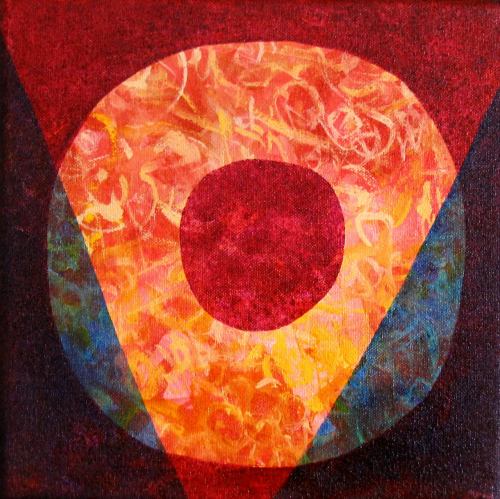The greatest structures we can build are those full of space for expanding possibilities. View the study sheet here. Watch the recording here.

Citadels. Silos. Walls. Construction projects that isolate, insulate, and separate. These seem to be what we are most adept at building these days, whether as physical edifices or as relational frameworks. Bridges, portals, and open fields…not so much.
The Torah begins as a construction project: that of all existence. Embedded in its very opening vocabulary and syntax is an invitation for us to participate, to become ourselves builders. It is an empowering call.
Immediately something goes awry. “Come, let us build a city, and a tower with its top in the sky, to make a name for ourselves; else we shall be scattered all over the world.” Just as quickly, the Babel tower, an expression of human desire to impose its will on reality for its own sake, is toppled. Torah makes clear: the license to build carries with it an ethical component.
Humans are left to ponder: what is it we are to build? Cities with fortresses? Empires with pyramids? Colossuses in the sand?
Hints will appear in our journey through Torah. Tents whose sides are open on all sides. A mishkan, a sacred dwelling defined by not by its mass but by its open space. These are structures designed to facilitate relationships, with other humans and with a Presence experienced most intimately through its absence.
How can we become the kind of artist-builder that Torah models for us, a designer of structures that continues the process of creation, a story of expanding possibilities. Kabbalah seeks to help us by describing the architect of all creation as a force that builds by diminishing its own presence so that others might exercise their own creative powers. For us to act otherwise accelerates the ever-present possibility of entropy and total collapse of the human enterprise.
T. S. Eliot, who bore witness to a broken world and sought to repair it with words, wrote, “The progress of an artist is a continual self-sacrifice, a continual extinction of personality.”
Keith Morant, who died last year, was a New Zealand-based artist. Throughout his sixty years of painting he wrestled with trying to understand his compulsion to paint: “I hope that someday my understanding beyond knowledge will communicate whatever it is that nature is saying through me.”
His study of Zen Buddhism brought him greater understanding of both the universe and his role as painter. Towards the end of his life he wrote, “I am happy to have discovered what is known in Zen as the ‘True Self,’ the self that is not blinded with desire or clothed in illusion. This is the Self that is the non-self of nature and therefore not controlled by human ego, the Self that accepts the ‘oneness’ of all existence.”
Pictured here is Morant’s piece Enso for Bones. Enso is a sacred symbol in Zen Buddhism and is a common subject of Japanese calligraphy. It refers to the beginning and end of all things, the connectedness of existence. It is emptiness/fullness, presence/absence. It is no-thing.
For Morant the beauty and the power was not what was captured on the canvass. “To the artist,” he wrote, ‘art’ is a verb – to the critic it is a noun.”
Toshiko Mori is a practicing architect and a professor of architecture at Harvard. Her work includes both single-family residential and large institutional projects in the United States, Taiwan, China, and Africa. Her academic research focuses on sustainable architecture, enhancing cities’ livability, and creating efficient urban services.
Mori and her husband own a home on an island in Penobscot Bay, Maine. There she has two gardens, where she grows lettuces, potatoes, cabbage, broccoli, eggplant, and more. Her interest in gardening goes back to her childhood in post-war Japan, which was still under United States occupation. To grow food then was a matter of survival.
Over time Mori noted a shift in how she looked upon her gardening. “Eventually, I began to think of gardening as linked to my architectural practice. It takes a long time to realize a building, but gardening provides almost instantaneous gratification. In the long term, though, what’s most important is cultivating a terroir. In architecture, the way we do that is by creating community: You must have consensus, willingness and investment. In that sense, I would argue that architecture is closer to agriculture than it is to industrial production.”
Wise gardening honors a land’s ecosystem. Wise architecture honors a people’s sense of community. To be a partner in the building of creation requires that we forgo our inclination to impose and that we instead embrace the call to honor. Integration, connection and sustainability are our media. To use them requires humility. The work of an artist.
Join us here at 7:00 p.m. (PT) Thursday October 19 as we explore art as a verb.









